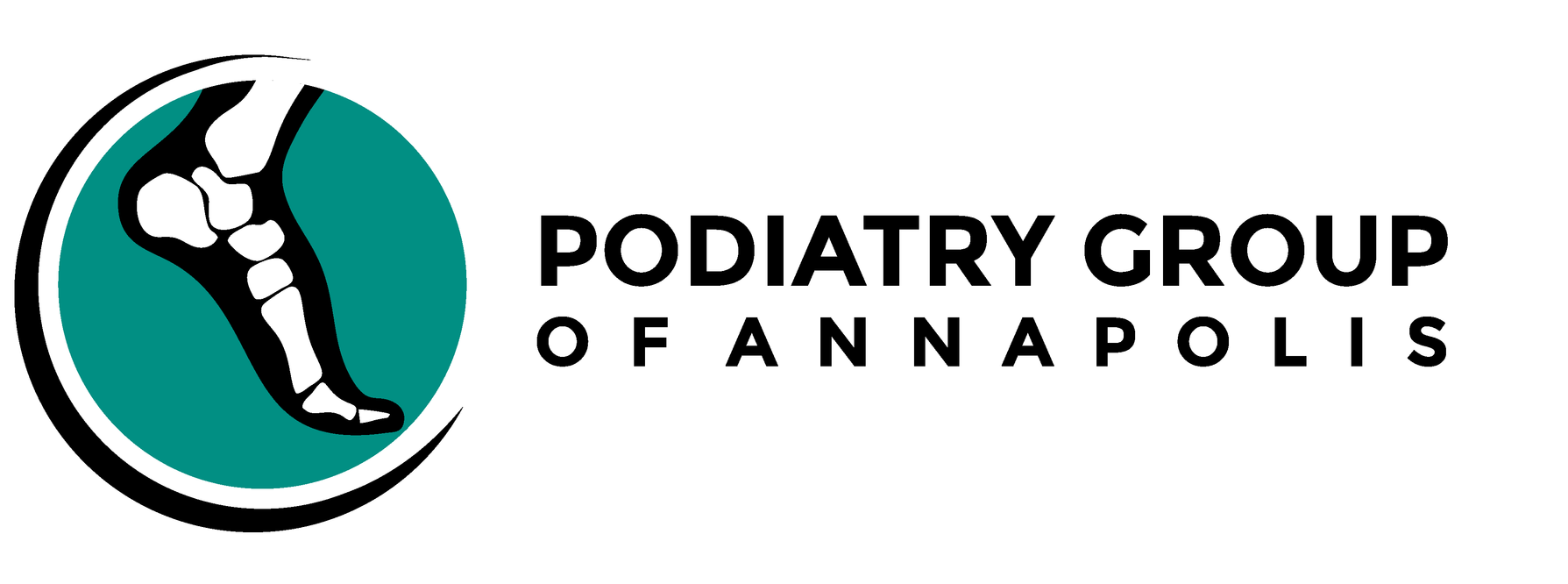What to Do About Summer Blisters
There’s still a lot of summer left, and that means many people are still spending time exercising and recreating outside. You may find yourself wearing new shoes, or shoes that you don’t take out of the closet very often, or inexpensive shoes that look nice but fit poorly. As a result, it’s easy to get painful blisters on your feet.
A blister is a small irritation caused by the friction that is created when skin rubs against something else, such as the inside of a shoe, clothing, or even another bit of skin. Heat builds up and causes a swelling which may or may not contain fluid as it rises. Most blisters are small, uncomfortable, and inconvenient, but go away on their own in a few days. Severe blisters on your feet should be cared for by a podiatrist like Dr. James M. McKee.
Here are six important steps that James M. McKee, DPM, FACFAS recommends you take to prevent blisters:
- Keep an eye out for a red spot on the skin, typically at the back of the heel, the instep, or the toes. This is known as a “hotspot” and is the earliest warning sign of an imminent blister. If you cover the spot with a bandage or tape as soon as you notice it, you can prevent the blister from forming.
- Proper hygiene is important. If your feet tend to get sweaty, consider adding foot powder to your morning routine.
- Choose proper footwear and take good care of it. Replace your walking, jogging, or running shoes after 6 months or 500 miles, whichever comes first.
- Buy shoes that fit properly. Shoes that are too tight or too big will lead to rubbing or friction at the heels and toes.
- There are two sock options that offer effective blister prevention. One is to choose thick, cushioned socks; the other is to wear two layers of thinner socks. Try each to find what works best for you. Wool socks will stay dryer than cotton. Lightweight wool socks for summer are available at most sporting good stores.
- Changing your socks often and keeping your feet clean and dry will improve all aspects of podiatric health, including blister prevention. Damp or wet socks will lead to more friction and will raise blisters faster than dry socks.
If you get a blister, it will drain naturally. Don’t squeeze or pop it. If your blister is bothering you, wear open shoes or shoes that don’t rub against it. Protect the blister as it heals with a bandage or a bit of padded tape with a hole cut out to accommodate it.
If your blister is very tender or large, if you have more than one, or if you have diabetes, you don’t have to suffer. Dr. James M. McKee can help with expert bandaging or sterile draining if necessary. Click here or call Podiatry Group of Annapolis, P.A. at 410-224-4448 today to schedule a convenient appointment in our state of the art Annapolis, MD office today.

